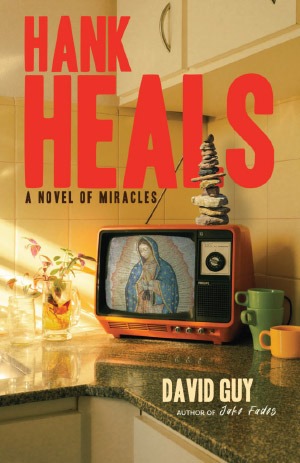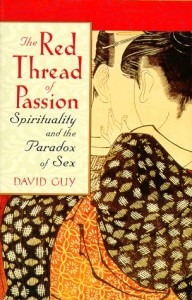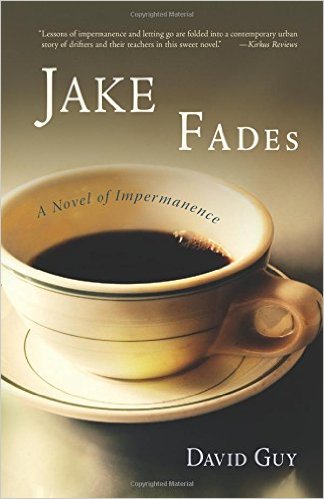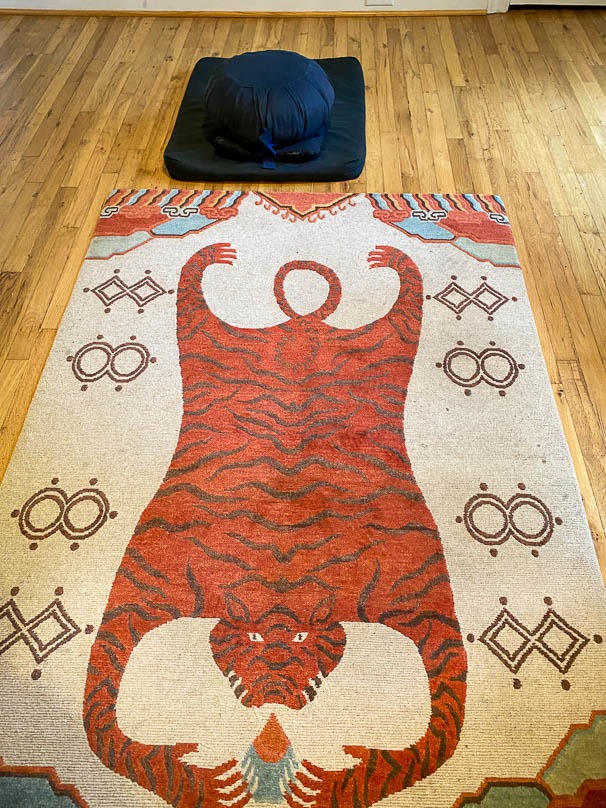
Hanks Heals:
A Novel of Miracles
Buy on Amazon
Buy from your local bookstore on Indiebound
Buy Kindle edition
“All you have to do is decide that wherever you are is the best place there is. Once you start comparing one place to another, there’s no end to it.” — Sodo Yokoyama
 Since the age of fifteen, I’ve known I wanted to be a “writer who wrote books,” in particular, one who wrote novels. I’ve done many other kinds of writing, but am happiest when I’m working on a novel (as I am at the moment). I’ve published six books of my own, five of them novels, and have written more than that, but even when a book didn’t get published, I’ve never regretted writing it.
Since the age of fifteen, I’ve known I wanted to be a “writer who wrote books,” in particular, one who wrote novels. I’ve done many other kinds of writing, but am happiest when I’m working on a novel (as I am at the moment). I’ve published six books of my own, five of them novels, and have written more than that, but even when a book didn’t get published, I’ve never regretted writing it.
My most autobiographical novel, and the one I had to write before I could move on to other things, was my first, Football Dreams, which concerned my father’s death. One non-autobiographical element of that book was that I made my narrator an only child; I didn’t think I could do justice to my siblings in the book which focused on my father. I wrote about them in my third novel, Second Brother, published five years later.
Two other novels focused on the subject of sex, which fascinated and obsessed me for years. The first was my attempt at a murder mystery, The Man Who Loved Dirty Books, published in 1983. The second was what I consider my most daring and original work, The Autobiography of My Body, published in 1990.
 It was in 1991 that I moved to Cambridge for two years while my wife was in graduate school, became deeply interested in Buddhism, and began my meditation practice, which I see as the most important discovery of my life. I began to write about Buddhism in various magazines, and wrote two books with my meditation teacher Larry Rosenberg, Breath by Breath: The Liberating Practice of Insight Meditation in 1998, and Living in the Light of Death: On the Art of Being Truly Alive in 2001. Those projects established my connection with Shambhala Publications, and between them I published my own book with Shambhala, The Red Thread of Passion: Spirituality and the Paradox of Sex. Though that book is nonfiction, I think of it as a kind of sequel to The Autobiography of My Body. In any case, it follows from it naturally.
It was in 1991 that I moved to Cambridge for two years while my wife was in graduate school, became deeply interested in Buddhism, and began my meditation practice, which I see as the most important discovery of my life. I began to write about Buddhism in various magazines, and wrote two books with my meditation teacher Larry Rosenberg, Breath by Breath: The Liberating Practice of Insight Meditation in 1998, and Living in the Light of Death: On the Art of Being Truly Alive in 2001. Those projects established my connection with Shambhala Publications, and between them I published my own book with Shambhala, The Red Thread of Passion: Spirituality and the Paradox of Sex. Though that book is nonfiction, I think of it as a kind of sequel to The Autobiography of My Body. In any case, it follows from it naturally.
It was in 2001, after Living in the Light of Death was published, that I began working at the Sanford School of Public Policy at Duke University, teaching policy writing to grad students in the MPP Program and narrative writing to undergrads in the Hart Leadership Program, who were writing about their work in the field. At first I thought that I wouldn’t be able to work on book-length projects while I had an academic job, but I found that I could draft a book in the summer months and revise it gradually after that. Having a job freed me to get back to the narrative writing I had always loved, and in 2008 I published my fifth novel, Jake Fades: A Novel of Impermanence. The narrator of that book is the same is the narrator of Second Brother, published 23 years before. I have a particular fondness for those two books. And now I’ve followed them up with my most recent novel, Hank Heals. I hope in the future to publish a third volume in the trilogy.


